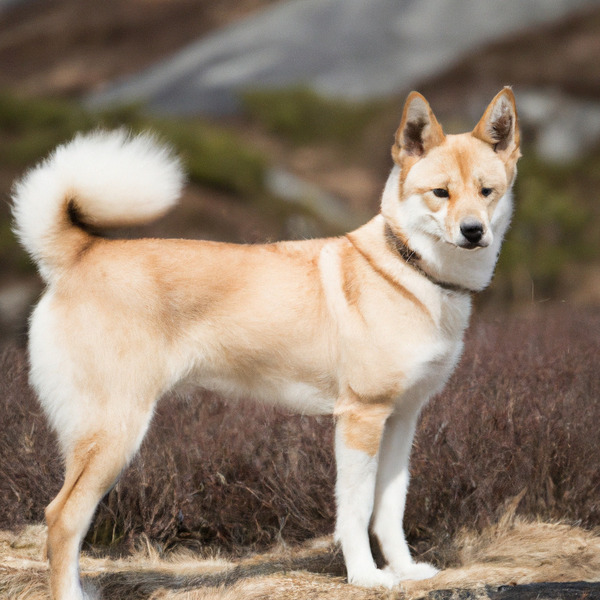Norwegian Buhund vs. Pugottie: Breed Differences and Similarities
Hypoallergenic
Are Norwegian Buhunds or Pugotties hypoallergenic, or neither?
Unfortunately, neither Norwegian Buhund nor Pugottie are hypoallergenic, which may not make them the best choice for dog lovers who suffer from pet allergies.
Temperament
What are the personalities of Norwegian Buhund and Pugottie dogs?
Agile
Energetic
Funny
Loving
Courageous
Friendly
Playful
Independent
Alert
Courageous
Intelligent
Friendly
Affectionate
Loyal
Quick
Gentle
Going
Selfish
Cheerful
Shedding Level
Do Norwegian Buhunds shed more than Pugotties, or which breed sheds more, Norwegian Buhunds or Pugotties?
Norwegian Buhund or Pugottie dogs are not heavy shedders, but they will lose a significant amount of hair each year. To decrease the amount of shedding, you can regularly brush your Norwegian Buhund or Pugottie. This will remove loose hair and keep their coat growing in the same direction.
Watchdog Ability
Which dog breed makes a better watchdog, the Norwegian Buhund or Pugottie?
Norwegian Buhund and Pugottie are very good watchdogs. They are a vocal breed and are wary of outsiders, so if someone approaches your home or aims to intrude, these breeds are going to make sure everyone knows about it.
Origin
What is the origin of Norwegian Buhund and Pugottie dog breeds?
Norway
United States
Ancestry
What are the origins of Norwegian Buhund and Pugottie breeds?
Spitz-type
Scottish Terrier and Pug
Date of Birth
When were Norwegian Buhund and Pugottie breeds first developed?
10th Century
2000s
Eye Color Possibilites
What are the eye colors of Norwegian Buhund and Pugottie dogs?
Brown
Brown
Nose Color Possibilites
What are the natural nose colors of Norwegian Buhund and Pugottie?
Black
Black
Coat Color Possibilites
What are the natural colors of the coat for Norwegian Buhund and Pugottie breeds?
Black
Cream
Black
Gray
Brown
Red
Cream
Fawn
Silver
Pied
Brindle
Coat Length
What is the typical coat length for Norwegian Buhund and Pugottie breeds?
The coat of Norwegian Buhund and Pugottie dogs falls in the medium-length category.
Coat Density
What is the density of the coat of Norwegian Buhund and Pugottie?
Coat Texture
What is the hair texture of Norwegian Buhund and Pugottie?
Straight
Litter Size
What is the usual litter size for Norwegian Buhund and Pugottie?
A Norwegian Buhund can have a litter of 13-15 puppies on average. However, it's worth noting that the size of the litters can vary greatly. Factors that can influence litter size include the health of the mother, breeding history, and genetics.
A Pugottie can have a litter of 2-5 puppies on average. However, it's worth noting that the size of the litters can vary greatly. Factors that can influence litter size include the health of the mother, breeding history, and genetics.
Adaptability
Norwegian Buhunds are highly adaptable and versatile, making them excellent companions for families and individuals of all lifestyles.
Pugotties are known for their adaptability and can adjust well to different environments and lifestyle changes.
Health Issues
Between Norwegian Buhund and Pugottie, which breed is more prone to health problems?
Norwegian Buhunds are susceptible to health issues like all breeds, so it's important to monitor their health and seek veterinary care when needed.
The Pugottie breed is generally very healthy, requiring minimal vet visits. Still, it's important to keep an eye on their health and seek veterinary care when needed.
Major Concerns
What are the major health concerns for Norwegian Buhund and Pugottie breeds?
Cataracts
Hip Dysplasia
Von Willebrand's Disease
Brachycephalic Syndrome
Intervertebral Disc Disease (IVDD)
Craniomandibular Osteopathy (Lion Jaw)
Minor Concerns
What minor health issues should be kept in mind when owning Norwegian Buhund and Pugottie?
None Known
Entropion
Skin-Fold Dermatitis
Scottie Cramp
Exposure Keratopathy Syndrome
Keratoconjunctivitis Sicca (Dry Eye)
Occasional Tests
What occasional tests are recommended for Norwegian Buhund and Pugottie breeds?
Hip And Eyes
Eye Examination
Skin Evaluation
ECG
Blood Analysis
Diagnostic Imaging
DNA
Energy
How do the energy levels of Norwegian Buhunds and Pugotties compare?
Norwegian Buhund and Pugottie breeds are known for their high energy levels, so if you're looking for a more low-key dog, these breeds may not be the best choice.
Social Needs
Norwegian Buhund vs Pugottie social needs comparison
Norwegian Buhund has average social needs and is less independent than other breeds.
Pugottie has very high social needs and requires regular mental and physical stimulation, a job or purpose, and companionship.
Exercise Needed
Norwegian Buhund vs Pugottie exercise need comparison.
Norwegian Buhunds need high physical activity and are ideal for active individuals, but not suitable for sedentary lifestyles or small apartments.
Pugotties need moderate physical activity and are great for families and active individuals.
Sleeping Need
Which of the two sleeps the most/least: Norwegian Buhund or Pugottie?
Norwegian Buhunds sleep less than other breeds but still need adequate sleep for good health.
Pugotties have moderate energy levels and typical sleep patterns of 12-14 hours per day.
Tendency to Bark
Do Norwegian Buhunds or Pugotties bark more/less frequently?
Norwegian Buhund dogs bark and howl frequently and are not recommended for quiet homes.
The Pugottie is a vocal breed that frequently barks and howls, and may not be suitable for those seeking a quiet companion.
Mouthiness
Mouthiness Comparison: Norwegian Buhund vs Pugottie?
Roaming urge
Norwegian Buhund vs Labrador: Running away tendency?
Prey Drive
Norwegian Buhund or Pugottie - which breed has a higher level of prey drive?
Activity Level
Which breed has higher energy, Norwegian Buhunds or Pugotties?
Norwegian Buhunds are high-energy dogs. They need mental as well as physical exercise. These dogs require a lot of your involvement and without it they can, and will, become problematic dogs.
Pugotties are medium-energy dogs and typically enjoy socializing and playing casual or even sustained games of chase with other dogs. They may also have occasional periods of barking or racing around the house.
Tolerance of being left alone
Walks per Week
How many miles should Norwegian Buhund or Pugottie walk each week?
There's really no limit to how far you walk your dog as long as they're comfortable. For Norwegian Buhund, it's at least 14 miles / week. Just remember to build distance and stamina gradually over time.
There's really no limit to how far you walk your dog as long as they're comfortable. For Pugottie, it's at least 5 miles / week. Just remember to build distance and stamina gradually over time.
Activity per Day
Do Norwegian Buhunds or Pugotties require more exercise?
In general most Norwegian Buhunds usually need at least 90 minutes of exercise daily. This can be spread across the day and include all sorts of high-energy activities, like walking, running and playing.
In general most Pugotties usually need at least 45 minutes of exercise daily. This can be spread across the day and include all sorts of high-energy activities, like walking, running and playing.
Grooming
Which breed is easier to maintain in terms of grooming, Norwegian Buhunds or Pugotties?
The Norwegian Buhund is a low-maintenance breed that doesn't require much grooming.
The Pugottie has low grooming needs and is easy to maintain.
Brushing Frequency
What is the recommended brushing frequency for Norwegian Buhund and Pugottie dogs?
Norwegian Buhund and Pugottie should be brushed at least once a week. Of course, you can give them more frequent brushes if you find that they are still shedding a lot.
Brushing Tools
What brushing tools are used for Norwegian Buhunds and Pugotties?
Slicker Brush
Deshedder
Scissors
Nail Clipper
Pin Brush
Slicker Brush
Comb
Nail Clipper
Cups
How much food should be given to Norwegian Buhund or Pugottie in cups?
For an average 31-40 pound (14 - 18 kg) Norwegian Buhund feed 2.6 cups daily. But, keep in mind, the amount you feed is going to be dependent on the quality of the food you are feeding.
For an average 20-25 pound (9 - 11 kg) Pugottie feed 1.5 cups daily. But, keep in mind, the amount you feed is going to be dependent on the quality of the food you are feeding.
Daily Cost
Which breed has a higher daily cost, Norwegian Buhund or Pugottie?
The average cost of a Norwegian Buhund is somewhere $1.70 - $2.00 per day.
The average cost of a Pugottie is somewhere $1.70 - $2.20 per day.
Monthly Cost
Which breed has a higher monthly cost, Norwegian Buhund or Pugottie?
The average per month expenses of a Norwegian Buhund is between $48 - $63. This makes an average of $576 - $756 per year. It will be on the higher side when the dog is still small because it will need more frequent visits to the vet, shots.
The average per month expenses of a Pugottie is between $34 - $67. This makes an average of $408 - $804 per year. It will be on the higher side when the dog is still small because it will need more frequent visits to the vet, shots.
Intelligence
Comparing Intelligence: Norwegian Buhunds vs Pugotties
Norwegian Buhund has below average obedience intelligence, but they excel in understanding human emotions.
Pugotties are average in obedience intelligence but have a high IQ and may cause trouble if left unsupervised.
Sensitivity Level
How do Norwegian Buhund and Pugottie compare in sensitivity?
Norwegian Buhunds have average emotions and adapt well to different situations.
This breed is sensitive and requires gentle handling and a calm home environment.
Affection Dependance
Which is the more affectionate dog breed: Norwegian Buhund vs Pugottie?
Apartment Friendly
Which breed is more apartment-friendly: Norwegian Buhund or Pugottie?
Norwegian Buhunds can do well in apartments with enough exercise and time outside, but a small yard would be ideal.
Pugotties make excellent apartment dogs, being fairly active indoors and not requiring a yard.
Child Friendly
Do Norwegian Buhunds or Pugotties have a friendlier temperament towards children?
Norwegian Buhunds make excellent family pets for kids due to their gentle, protective nature and calm temperament.
Pugotties are good with kids if socialized and trained from a young age.
Senior-friendly
Which dog is more suitable as a pet for the elderly - Norwegian Buhund or Pugottie?
Cat Friendly
Do Norwegian Buhund or Pugottie breeds have a better compatibility with cats?
Norwegian Buhunds are very friendly with cats and make great companions for them.
Pugotties are good with cats, but early training is needed to prevent chasing behavior.
Dog Friendly
Which breed is more sociable with other dogs: Norwegian Buhund or Pugottie?
Norwegian Buhunds are average in their friendliness towards other dogs, and socialization can help.
Pugotties are friendly and active companions, and can be good family pets, though their friendliness towards other dogs may vary.
Pet friendly
How do Norwegian Buhund or Pugottie dogs interact with other pets?
Stranger Friendly
Which breed is more friendly with strangers: Norwegian Buhund or Pugottie?
Norwegian Buhunds are averagely friendly around strangers but benefit from early socialisation.
Pugotties are friendly but may bark at strangers, and training is easy due to their intelligence.
Playfulness
Which breed is more playful between Norwegian Buhund and Pugottie?
Norwegian Buhunds are very playful, so adopting an older one might be a better option for a more relaxed experience.
Pugotties have an average level of playfulness, enjoying playtime like most dogs but not excessively so.
Trainability
How do the trainability levels of Norwegian Buhunds and Pugotties compare?
Norwegian Buhund and Pugottie dogs are usually easy to train, but may require consistency to fully obey commands.
Compare Norwegian Buhund with other breeds
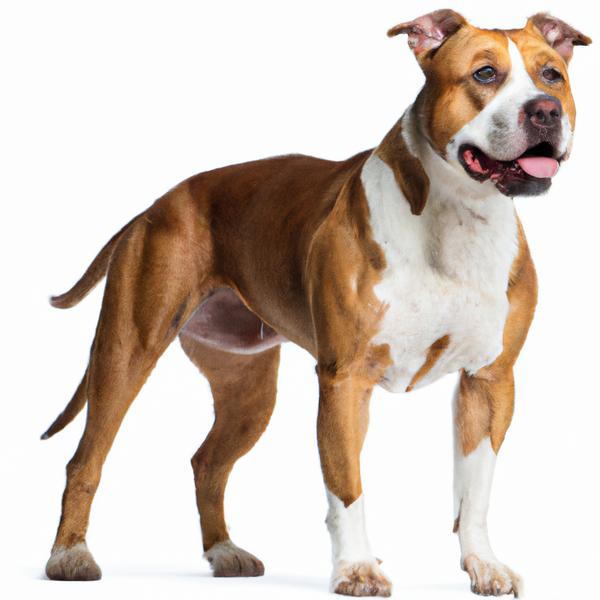
American Staffordshire Terrier
Norwegian Buhund vs American Staffordshire Terrier
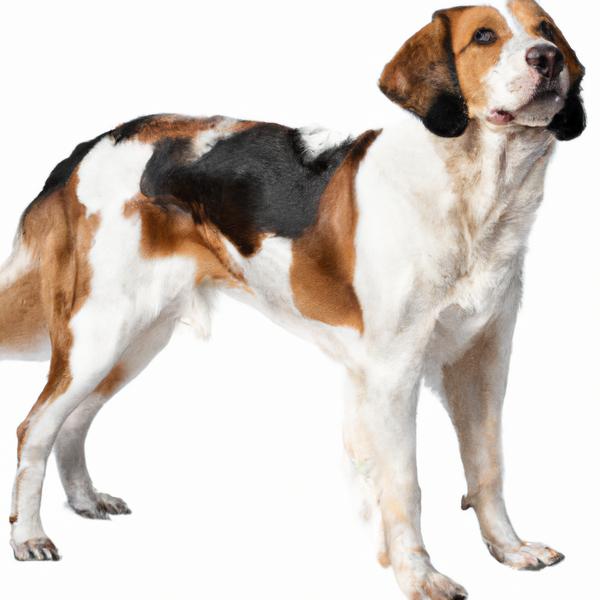
Italian Greagle
Norwegian Buhund vs Italian Greagle
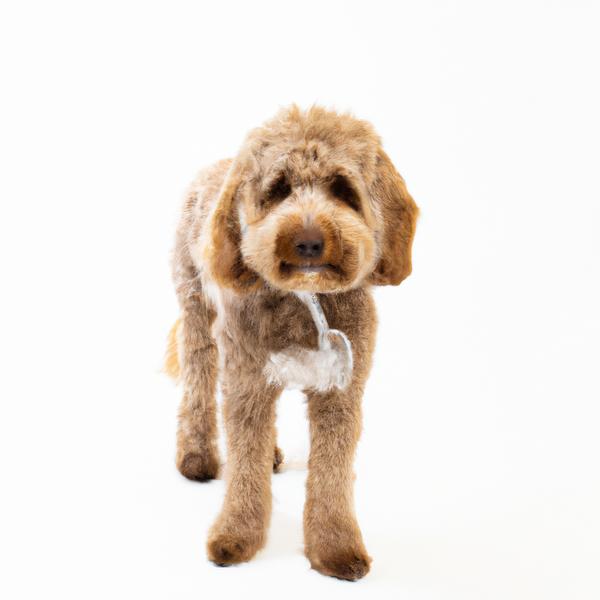
Petite Labradoodle
Norwegian Buhund vs Petite Labradoodle
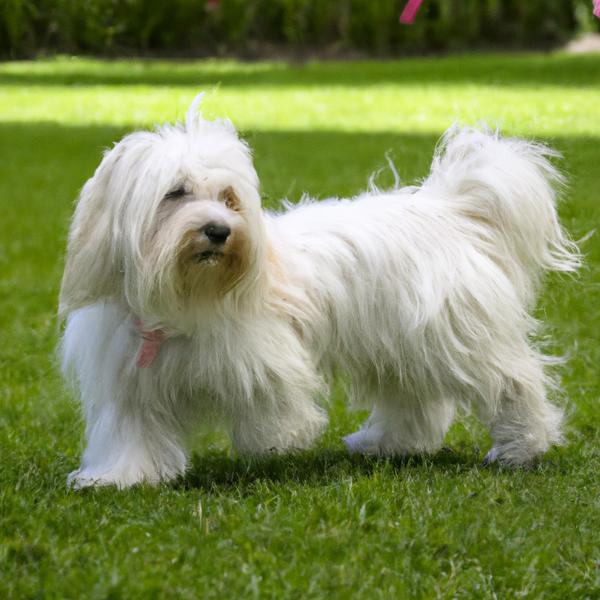
Norwich de Tulear
Norwegian Buhund vs Norwich de Tulear
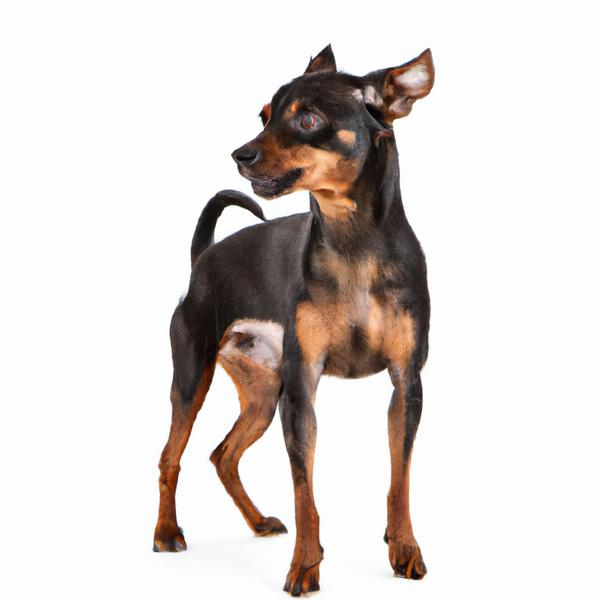
Miniature Pinschelkhound
Norwegian Buhund vs Miniature Pinschelkhound

King Wheaten
Norwegian Buhund vs King Wheaten
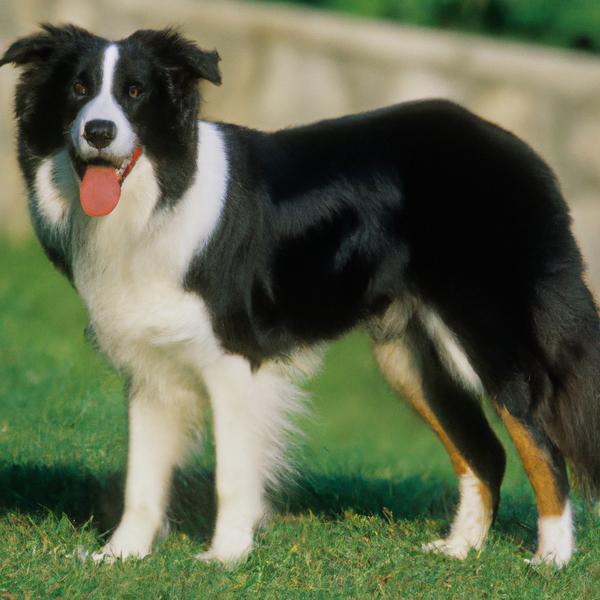
Border Collie Bernard
Norwegian Buhund vs Border Collie Bernard

Auss-Tzu
Norwegian Buhund vs Auss-Tzu
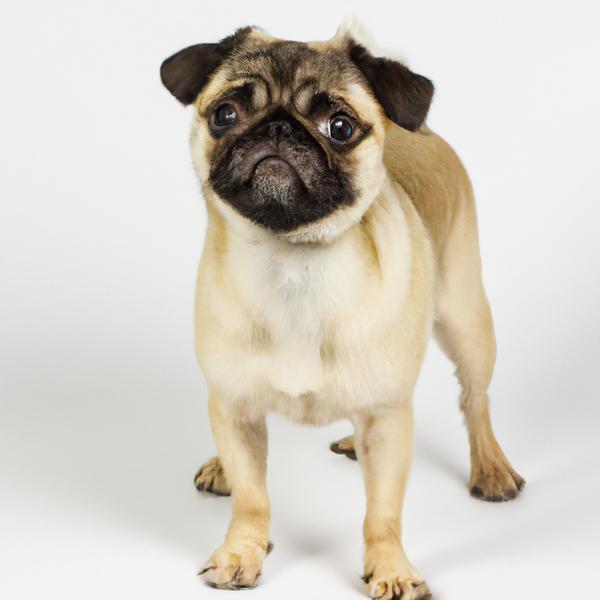
Pugottie
Norwegian Buhund vs Pugottie
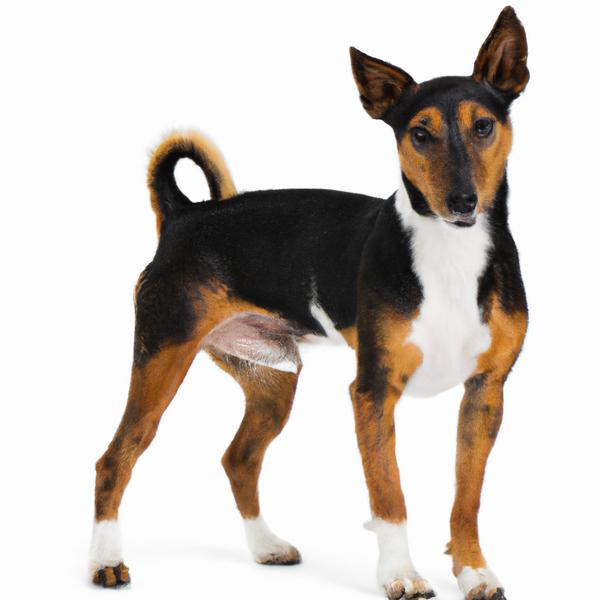
Welsh Toy Fox Terrier
Norwegian Buhund vs Welsh Toy Fox Terrier
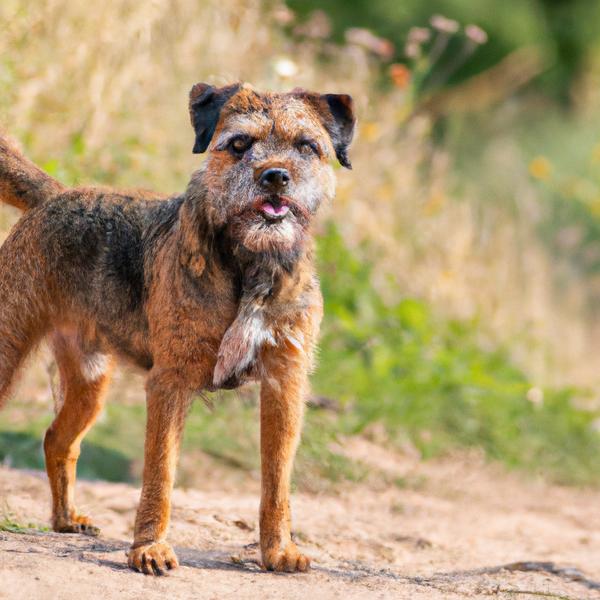
Border Terrier
Norwegian Buhund vs Border Terrier
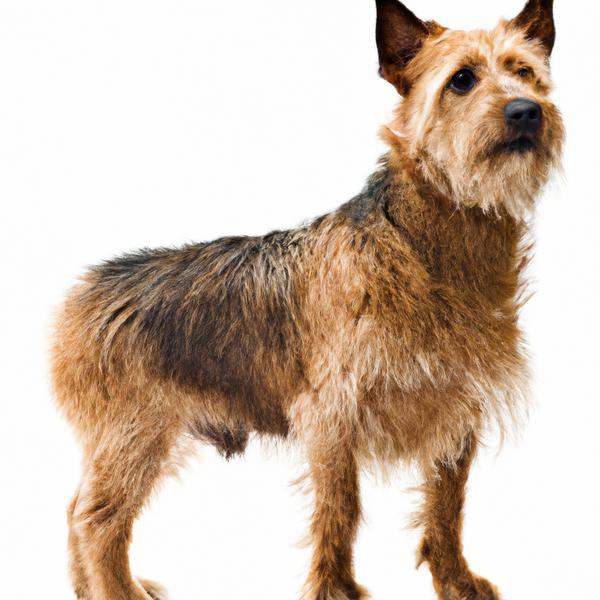
Rustralian Terrier
Norwegian Buhund vs Rustralian Terrier
